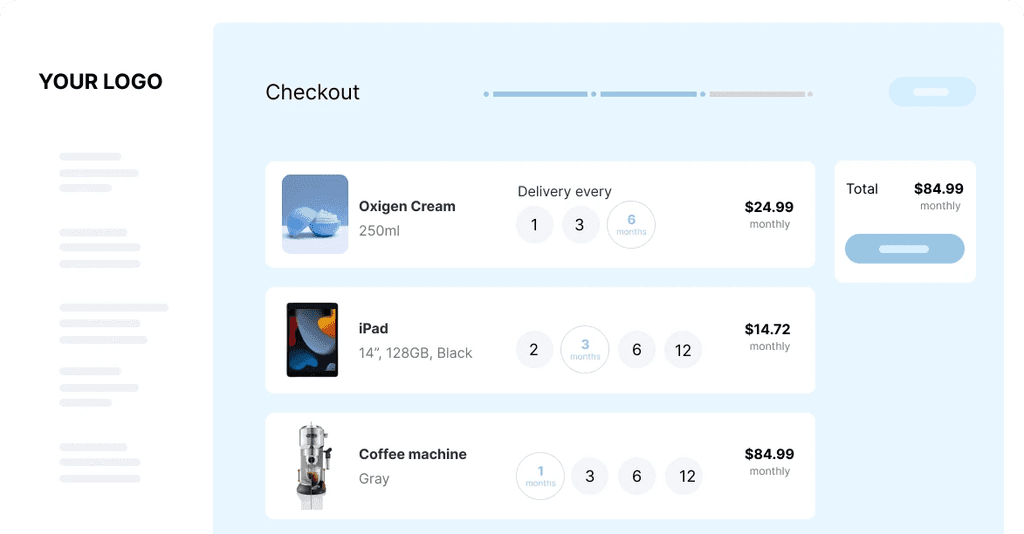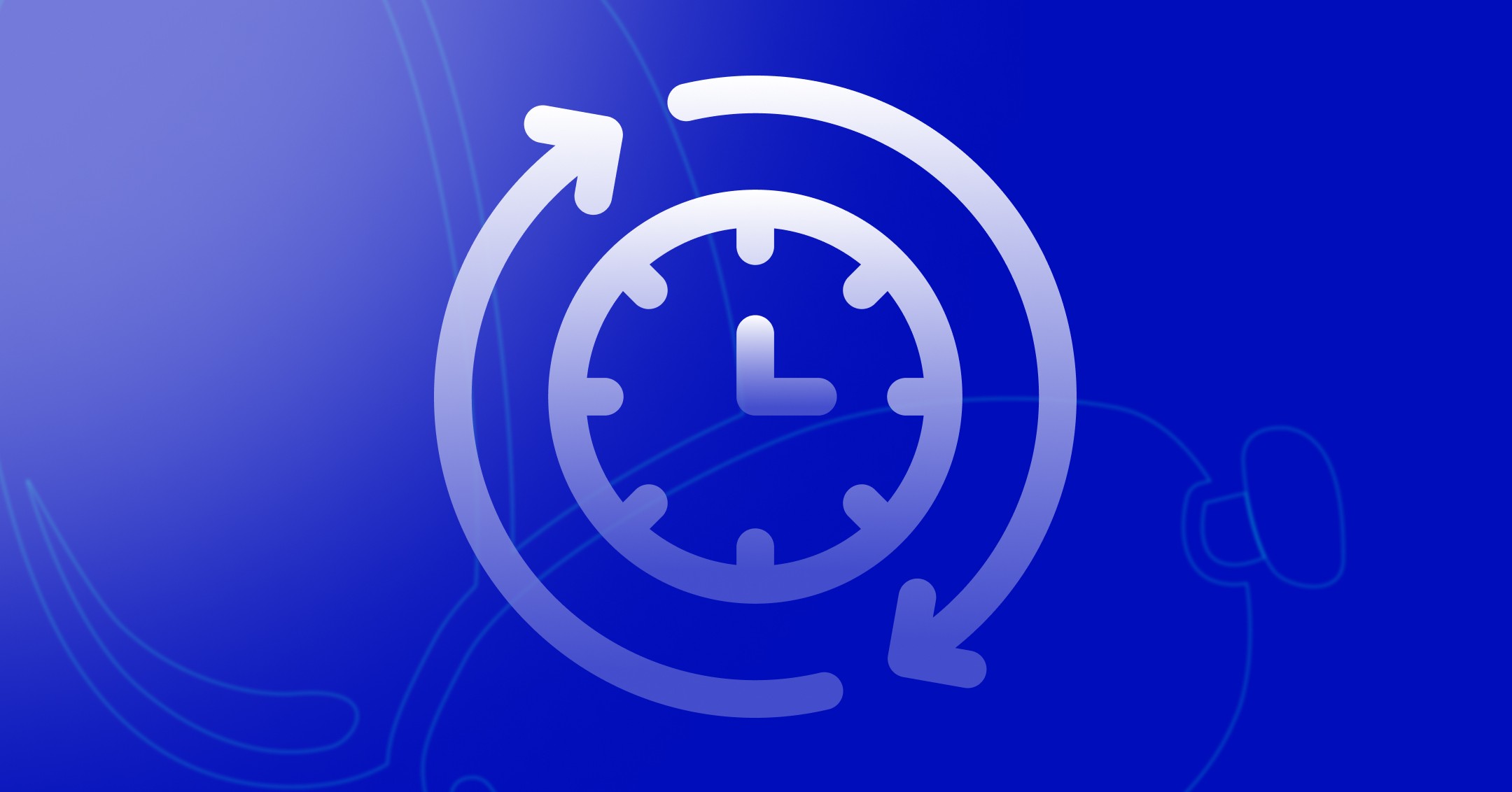Ecommerce Conversion Rate Optimization: A Practical Guide for Digital Success
Flor Bermúdez

Feb 3, 2025
Understanding Your Conversion Landscape

Running an online store isn't just about getting people to visit - it's about turning those visitors into buyers. To boost sales effectively, you need clear insights into both your store's performance and your market's typical conversion rates. This knowledge helps you spot areas that need work and create smart plans to improve your results.
Benchmarking for Success
Start by comparing your store's numbers against others in your field. Just like checking your pace against other runners in a race, looking at industry averages shows you where you stand and what's possible. For instance, if clothing stores typically convert 2% of visitors but your rate is 1%, you know there's clear room to grow. These comparisons help you set practical targets that push you forward without being unrealistic.
Industry Insights and Performance Metrics
The numbers show that most online stores convert between 2.5% and 3% of their visitors into customers in 2024. Put simply, for every 100 people who browse your store, about 2 or 3 make a purchase. But keep in mind - these figures swing widely between different types of products and markets. Check out more detailed data here: Discover more insights about conversion rates.. Your specific results will depend heavily on what you sell, who you're selling to, and how you market your products.
Identifying Opportunities and Targeted Strategies
Look closely at how different parts of your store perform. Maybe your mobile site converts far fewer visitors than your desktop version - that's a clear sign you need to make shopping easier on phones and tablets. Or if lots of people abandon their carts, your checkout process might need smoothing out. By comparing your stats to industry standards, these problem areas become much easier to spot and fix.
Key Metrics for Ecommerce Conversion Rate Optimization
Success in online retail comes down to tracking the right numbers. While the most important metrics vary by business, here are the essential ones to watch:
Conversion Rate: What percentage of visitors actually buy something
Average Order Value (AOV): How much money people typically spend per order
Customer Lifetime Value (CLTV): The total expected revenue from each customer over time
Cart Abandonment Rate: How often people add items but leave without buying
Keep a close eye on these numbers and how they stack up against your industry's standards. This data-focused approach helps you make smart changes that lead to steady growth in your online store. Getting these basics right sets you up for all your future improvements.
Mastering Mobile-First Conversion Strategy
The numbers are clear - mobile shopping now dominates ecommerce sales. Every successful online store needs a thoughtful mobile conversion strategy to thrive. But this goes far beyond just shrinking your desktop site. You need to build your store experience from the ground up with a mobile-first mindset.
Designing for Touch and Thumbs
Think about how people actually use their phones. Those tiny taps and thumb swipes need to work smoothly and feel natural. Make buttons and menus large enough to tap easily without mistakes. Cut down on typing wherever possible by using features like auto-fill and voice input to make forms painless.
The Importance of Speed and Simplicity
Phone users won't wait around for slow pages. If your site takes too long to load, they'll bounce. Focus on optimizing page speed through image compression, minimal redirects, and smart caching. Keep your design clean and focused - show visitors exactly what they need without clutter or distractions.
Seamless Checkout Experience
The checkout flow can make or break your mobile conversions. A clunky process leads directly to abandoned carts. Make purchasing incredibly smooth with guest checkout options, minimal form fields, and support for mobile payment methods like Apple Pay and Google Pay. You might be interested in: How to master building a Shopify store with AI. This helps customers complete their purchase quickly and easily.
Addressing Mobile Conversion Challenges
The data shows nearly half of online purchases now happen on phones. Mobile shoppers strongly prefer responsive sites, with 67% of users saying this impacts where they buy. While the average mobile conversion rate sits at 1.6% - lower than desktop but still significant according to mobile CRO statistics. By focusing on mobile user needs and behavior patterns, you can create an experience that drives sales. Understanding how people actually shop on phones lets you optimize each step of their journey from browsing to buying.
Creating a Frictionless Path to Purchase

A smooth, easy checkout process is essential for converting online shoppers into buyers. When customers can move effortlessly from adding items to their cart through completing their purchase, sales naturally increase. The key is understanding what motivates buyers and removing any roadblocks that might stop them from checking out.
Minimizing Cart Abandonment
Cart abandonment happens when shoppers add products to their cart but leave before buying - a common problem for online stores. One effective solution is offering guest checkout so first-time customers don't have to create an account. This works especially well since many people hesitate to share their information with new stores. Being upfront about shipping costs and delivery times also helps set clear expectations and prevents unpleasant surprises at checkout.
Optimizing Payment Options
Customers are more likely to complete their purchase when they can pay how they prefer. This means accepting standard credit cards along with digital options like Apple Pay and Google Pay. Adding "buy now, pay later" services gives shoppers even more flexibility. For Shopify store owners, check out our guide on the top 5 Shopify plugins to boost sales for easy payment integration options.
Building Trust and Security
Online shoppers need to feel safe sharing their payment details. Adding trust badges from well-known security providers like Norton or McAfee helps build confidence. Using HTTPS across your entire site, not just during checkout, further shows customers their information is protected. These security measures make shoppers feel comfortable completing their purchase.
Checkout Design Best Practices
A good checkout design balances simplicity with necessary information. Here's what works best:
Progress indicators: Show customers exactly where they are in the checkout steps
Minimal form fields: Ask only for essential information
Clear call-to-actions: Use direct button text like "Complete Purchase" or "Secure Checkout"
Order summary: List all items clearly with prices and quantities
When you put these elements together, you create a checkout experience that feels natural and easy for customers. Each improvement to your checkout process can lead to more completed purchases. Focus on removing friction points and you'll see higher conversion rates and increased revenue. Most importantly, customers will appreciate the smooth buying experience and be more likely to return.
Transforming Product Pages into Conversion Engines

Your product pages are where browsers become buyers. By focusing on proven strategies and key elements, you can create pages that convert more effectively and boost your ecommerce conversion rates. Let's explore the essential components that make product pages successful at driving sales.
Crafting Compelling Product Stories
Great product descriptions do more than list specifications - they paint a picture of how the item will improve your customer's life. Take a waterproof jacket, for example. Instead of just stating "100% waterproof material," describe how it keeps hikers dry and comfortable during unexpected rainstorms. This kind of storytelling helps shoppers envision using the product themselves.
The Power of Social Proof
Reviews and testimonials build trust, especially with first-time visitors. Place positive customer feedback prominently on product pages to give shoppers confidence in their purchase decision. Adding real customer photos showing the product in use creates authenticity and helps potential buyers picture themselves with the item.
Pricing Strategies for Conversions
Smart pricing can trigger buying behavior. While .99 endings often suggest value, your approach should match your brand. High-end brands may prefer clean, round numbers that reflect premium positioning. Value-focused brands can highlight savings with comparison pricing. Test different approaches to find what works for your target market.
Optimizing Product Presentation
Clear, high-quality photos from multiple angles are essential. Include detailed sizing information, color options, and 360-degree views to answer common questions upfront. When shoppers can thoroughly examine a product virtually, they're more likely to feel confident hitting the buy button.
A/B Testing for Continuous Improvement
Regular testing reveals what truly works on your product pages. Try different headlines, button colors, image layouts and more to find the highest-converting combination. Track results carefully and use data to guide improvements. Even small tweaks to your ecommerce conversion rate optimization can add up to meaningful sales gains over time. The key is to keep testing and refining based on real shopper behavior.
Harnessing Analytics for Strategic Growth
Thoughtful data analysis makes the difference between average and exceptional ecommerce results. While basic metrics provide a starting point, real growth comes from diving deep into your analytics to uncover meaningful opportunities. The key is focusing on metrics that directly impact sales, not just surface-level numbers like page views.
Setting Up Meaningful Tracking Systems
Strong ecommerce performance requires detailed tracking of how customers interact with your site. Google Analytics 4 enhanced ecommerce tracking lets you monitor critical data points like:
Product impression rates
Add-to-cart percentages
Step-by-step checkout behavior
This granular data shows exactly where potential customers drop off in your sales funnel. Don't forget to track micro-conversions too - small wins like newsletter signups often lead to bigger conversions down the road.
Utilizing Heat Maps and Session Recordings
Heat maps and session recordings provide invaluable insights into how real people use your site. Heat maps create visual representations showing where visitors click, scroll, and hover - helping you spot if important buttons or calls-to-action are being missed. Session recordings let you watch actual customer journeys through your site, revealing confusing navigation or friction points that analytics alone might miss.
Interpreting Complex Data and Translating Insights Into Action
The real value of data comes from taking action on what you learn. Look for clear patterns - if heat maps show users struggling with a form field, simplify it. If session recordings reveal navigation confusion, restructure your menus for clarity. You might be interested in: Learn more in our article about what Shopify plugins are and how they can help your business.
The path to higher conversions is an ongoing cycle of:
Testing changes based on data
Measuring the results
Making refinements
Testing again
By consistently using analytics to guide your decisions, you can steadily improve your site's performance and grow your business based on real customer behavior.
Implementation Blueprint for Sustainable Success

Getting real results from your ecommerce optimization efforts takes clear planning and consistent execution. You need a practical approach that helps you make the right changes at the right time while accurately tracking what's working. Let's explore how to build this foundation for lasting success.
Prioritizing Optimization Efforts
Some website changes will have a much bigger impact on sales than others. Start by looking at your biggest conversion barriers - the issues causing the most lost sales. For instance, if you see lots of shoppers abandoning their carts, focus first on simplifying your checkout flow. Review your analytics data and heatmaps to spot these high-impact opportunities. This targeted approach helps you make meaningful improvements quickly.
Creating a Realistic Testing Calendar
Website optimization works best as an ongoing program rather than a one-time project. Map out a clear testing schedule that outlines what you'll test, when you'll run each test, and how you'll measure success. For example, you might spend two weeks testing different product page layouts while tracking add-to-cart rates. Having this structure keeps your efforts focused and prevents getting overwhelmed.
Measuring the True Impact of Improvements
Tracking results accurately shows you what's really working. Use A/B testing tools to compare different versions of your site and monitor key metrics like conversion rates, average order value, and cart abandonment. But don't just look at short-term results - also check how changes affect customer retention and lifetime value over time. This complete view helps you make smart optimization choices.
Frameworks for Continuous Optimization
Build a system for ongoing improvement by regularly reviewing your data, finding new opportunities, and testing changes. Document what you learn from each test to guide future efforts. This cycle of learning and refinement helps you stay on top of changing customer needs and market shifts.
Avoiding Common Pitfalls
Watch out for typical optimization mistakes that can derail your progress. A major one is changing too many things at once, which makes it impossible to tell what actually worked. Another key error is forgetting about mobile users. With most online shopping now happening on phones and tablets, your mobile experience needs just as much attention as desktop.
Sharpei helps ecommerce businesses boost sales by offering flexible payment options like rental, lease-to-own, and subscriptions. This lets you serve more customers in ways that match their preferences - leading to higher conversion rates, bigger average orders, and stronger customer loyalty. Learn how Sharpei can help optimize your ecommerce conversions.
Related posts
Ready To Join The Circular Movement?
United for a smarter shopping experience and a better planet












